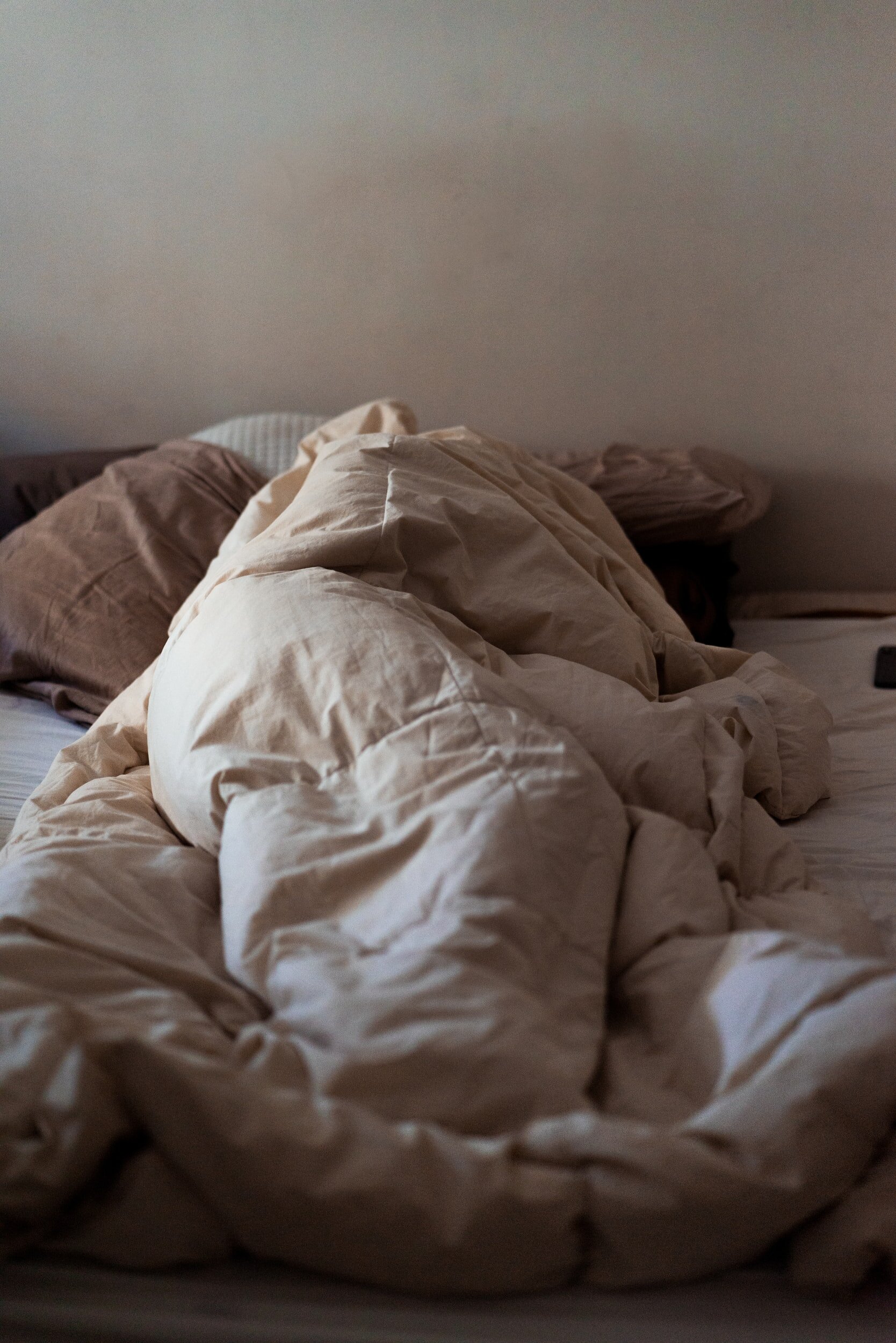Sleeping In a Cold Room 101
Temperature and sleep have a funny relationship. When it’s warm out and we heat up, our blood pressure drops. This can cause feelings of sleepiness or fatigue. This may make you think that being warm is best when sleeping because it can help you fall asleep quicker. In fact, the opposite is true. When you’re setting up your ideal sleep situation, a cooler room is the way to go.
Why is it Better to Sleep in a Cold Room?
There are a few reasons that it is better for humans to sleep in a cooler room. They all come down to biology.
Our body temperatures wave and flow naturally throughout the 24 hours in a day. When our core temperatures get warmer we are more alert and energetic. When our bodies cool down, drowsiness and sleep occur.
What Is the Ideal Sleeping Temperature?
An ideal sleeping temperature falls between 60 - 67 degrees. In this range, the body’s natural core temperature drop will not be disrupted. If the body is too warm or too cold it impacts our ability to fall asleep and stay asleep.
Why Do Our Core Temperatures Drop at Night?
It all connects to the sleep hormones. In order for us to be able to fall asleep our bodies need to slow down. Our minds slow, our energy fades, our metabolisms slow down and our body temperatures drop.
Over the course of a night, your body can lose a degree or two of core temperature. This heat will return when your body wakes up and you get moving again.
How to Maintain A Cooler Temperature For Sleeping
There are a few tricks you can try to keep a cooler bedroom for when you sleep at night.
Keep Blinds Closed During the Day
Depending on what direction your bedroom window faces, you may want to close the blinds as the sun goes down. Windows can cause a greenhouse effect and trap heat in your bedroom. Closing the blinds will block some of this out. This trick is helpful in the summer when the sun is shining for longer and sets later.
Turn Down The Thermostat at Night
Many thermostats can be set to automatically change the temperature setting at certain times throughout the day. You may think that a warmer house at night will make you cozy while you sleep but try the opposite. Set your thermostat to drop down a few degrees about 30 minutes before bed.
Not only will this help you fall asleep faster, but your hydro bill will thank you.
Use a Fan During the Summer and Crack a Window in Winter
Traditional methods of cooling yourself down should not be overlooked. A cool shower before bed, a fan blowing a breeze or a cracked window letting in some cool air can make a big difference.
Use Seasonable Sheets
The sheets you sleep on have a big impact on the comfort of your bed and on your body temperature. Especially for Canadian seasons, many people have different sheets made from different materials to adapt to changing temperatures.
100% cotton or silk sheets can wick away moisture and keep you cool in the summer. Flannel sheets can make sure you stay in the temperature sweet-spot in the winter and keep you from getting too cold at night. Check out this helpful guide for buying sheets if you are in need of a fresh set.
Layering blankets and sheets can also help you to maintain a proper temperature throughout the night.
Dress Appropriately
You check the weather when you get dressed for the day. Repeat this habit at night. If it’s going to be cooler, consider cracking a window and wearing some light pants. If the temperature is rising, skip the warm or unbreathable PJs.
What you wear to bed will not only help you maintain your body temperature but can keep you comfortable when falling asleep.
Wearing socks to bed is not a bad thing, despite what many myths say. In the winter, a warm pair of socks can help you stay just warm enough to be comfortable. If you choose to sleep in socks, consider buying an extra large pair so they don’t cut off circulation while you sleep. Plus, swapping your daytime socks and having a clean set of sleep socks is great to keep your bed clean.
Sleeping In a Cold Room
Sleeping in a cold room can help you fall asleep and stay asleep. By following this guide you can set yourself up for your ideal sleep temperature and enjoy a better night’s sleep.



